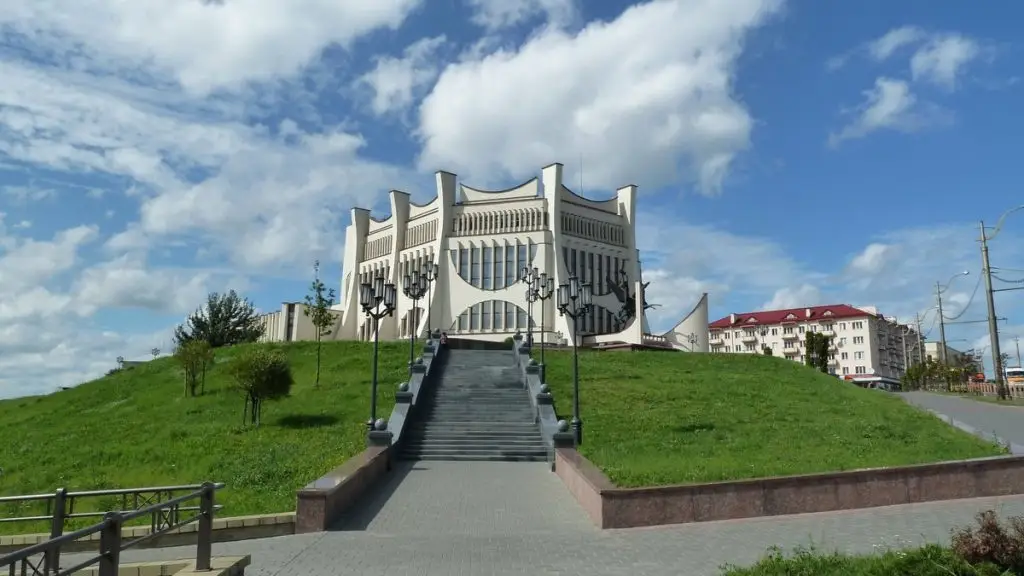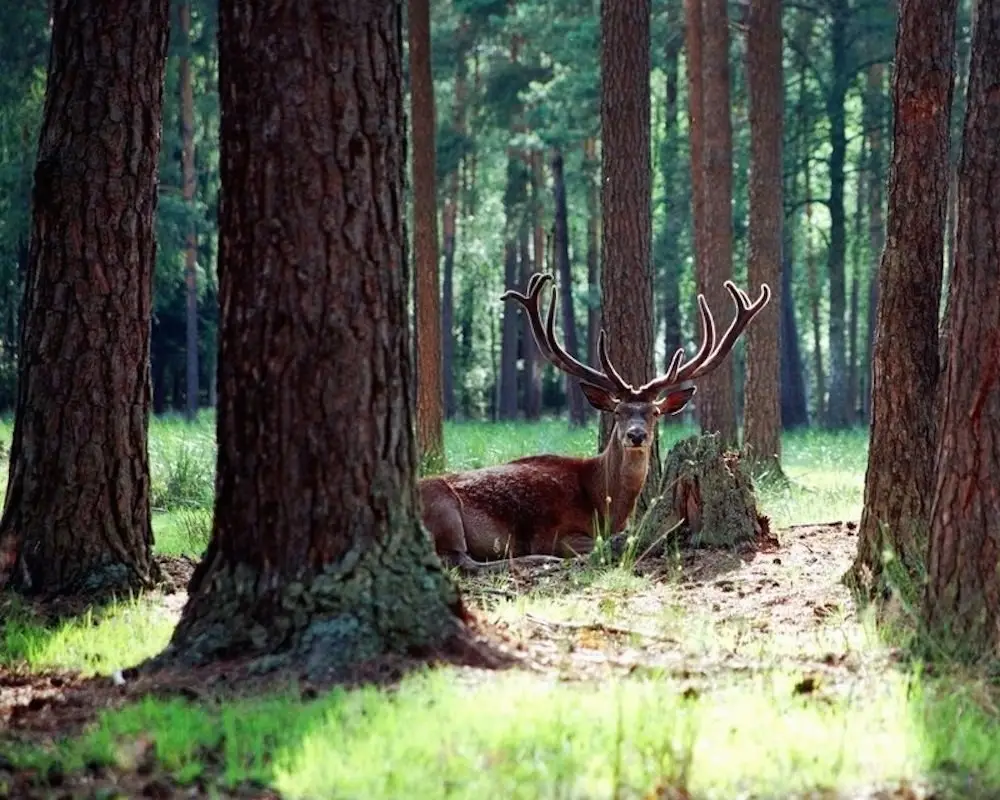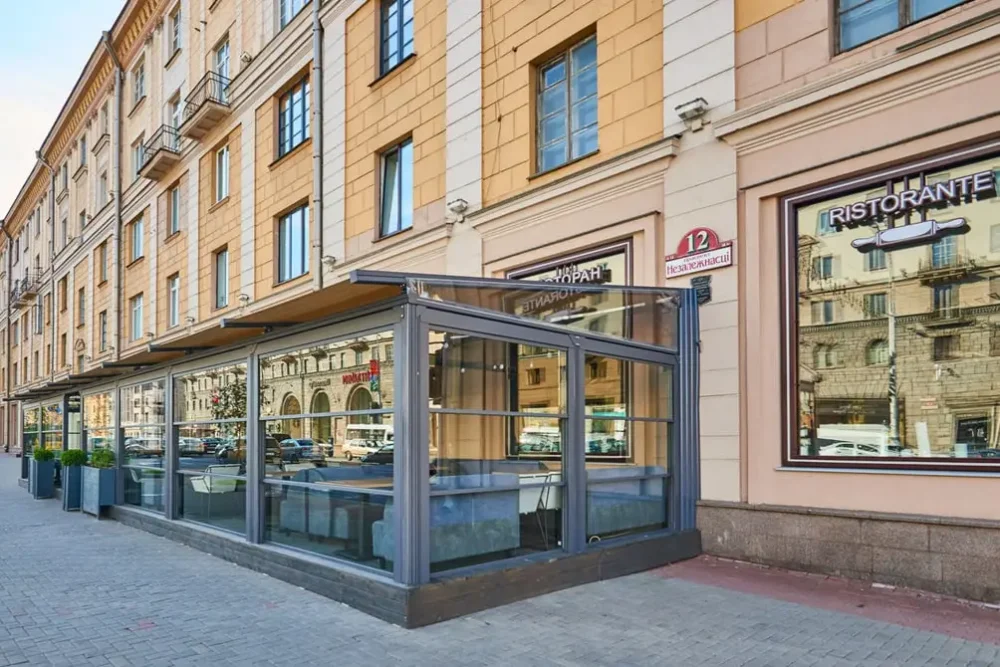Grodno is a unique city combining rich historical heritage, diverse architecture and stunning natural landscapes. Every corner here preserves traces of the past centuries, intertwining the heritage of the GDL, the Russian Empire, Poland and modern Belarus. Grodno’s sights impress with their scale and atmosphere: majestic castles, ancient churches, cobbled streets and parks drowning in greenery.
Pearl of Belarus
The city is rightly considered the cultural pearl of Belarus, and its historical centre is included in the tentative list of UNESCO World Heritage Sites. Grodno’s history spans over 800 years, which makes it one of the oldest cities in the country. Here you can feel the spirit of the Middle Ages, see masterpieces of architecture, and touch artefacts of past eras.
Grodno is a place where architecture of different centuries surprisingly neighbours with modern life. Baroque, Renaissance, Gothic, Classicism – styles that have left their mark on the city’s appearance. The question of what to see in Grodno does not cause difficulties, because this city itself turns the journey into a fascinating discovery of its sights.
Architectural masterpieces that impress at first sight
 Grodno sights include: Old and New Castles – iconic objects that define the image of the city. Without them the historical panorama of the city is impossible.
Grodno sights include: Old and New Castles – iconic objects that define the image of the city. Without them the historical panorama of the city is impossible.
The Old Castle is a 14th century fortification built under Prince Vitovt. Originally it was a wooden fortress, which was rebuilt in the 16th century into a stone palace in the Renaissance style. In different periods the castle served as a residence of princes and kings, where the most important state decisions were made. Today it houses a museum with artefacts from the medieval era: armour, weapons and everyday objects.
The New Castle is an 18th century royal residence built for Augustus III. Unlike the austere Old Castle, it is designed in the style of late classicism. In 1793, the famous Sejm of the Polish-Lithuanian Commonwealth was held here, and during the Second World War the castle was partially destroyed but later rebuilt. Today it houses a museum of antiquities and historical heritage.
Each of the castles is unique and reveals different facets of Grodno’s history. The viewpoints offer a mesmerising view of the Neman River and the old town, making a visit to these places a must for tourists.
Farny Church – an architectural gem in the heart of the city
One of the main Catholic churches in Belarus is the Farny Church, or the Church of St Francis Xaverius, built in the late 17th century. It is one of the most beautiful examples of Grodno architecture in the Vilna Baroque style.
The majestic facade of the church is decorated with columns, elegant sculptural compositions and niches with figures of saints. The interior of the church amazes with its richness of decoration: gilded elements, carved wooden altars, frescoes, ancient paintings. Inside there is one of the largest organs in Eastern Europe, whose sound fills the space with a special atmosphere.
The Farny Church is not only a religious object, but also an important historical place. It preserves tombstones of famous figures, frescoes from the 18th century, and a unique collection of church books. A place where you can feel the spirit of time, touch the living history of Grodno.
What to see in Grodno besides the classic tourist routes: other attractions
Among Grodno’s natural sights, the Augustów Canal, an outstanding hydraulic engineering construction of the 19th century, occupies a special place. The canal connects the Neman and Vistula rivers, providing navigation between the Baltic and Black Seas.
The modern canal is a historical site and a popular place for active recreation. Here you can go boating, go cycling along specially equipped routes or simply enjoy the picturesque scenery. Along the banks there are picnic areas, walking trails and fishing spots.
The August Canal is one of the reasons why Grodno without a visa is becoming a popular destination among tourists. Visa-free regime allows you to visit this unique object without difficulties with the paperwork.
Grodno museums – a real journey through time
Grodno is a city with a rich history reflected in its museums. It is a place where epochs come to life:
- Museum of Religious History – tells about the evolution of the city’s spiritual traditions.
- The Pharmacy Museum is one of the oldest pharmacies in Belarus with exclusive exhibits.
- The Fire Museum is an unusual place to see antique fire engines and uniforms.
Each of them reveals a different facet of the city’s history and gives a deeper insight into what to see in Grodno.
Grodno parks – nature in the city centre
The city is famous for its green areas, which are an important part of Grodno’s architectural and natural ensemble. Among the most famous are:
- Žiliber Park is the oldest park, laid out in the time of Stefan Báthory, a place for strolling and relaxing.
- Kalozhski Park is an area offering picturesque views of the Neman River and old neighbourhoods.
These places attract tourists as well as the citizens themselves, creating a cosy atmosphere of the old town.
Atmospheric streets and colourful courtyards
Sovetskaya pedestrian street is the place where the spirit of old Grodno comes alive. Here you can meet street musicians and visit charming coffee shops. Authentic details are hidden in the courtyards: carved balconies, vintage signs, cobbled paths.
Grodno without a visa: how to come and what you need to know
Since 2017 there is a visa-free regime for foreign tourists. To get to Grodno without a visa, it is enough to have a passport and an issued voucher. The permitted period of stay is up to 15 days. This has simplified visiting the city for residents of Europe and CIS countries.
Conclusion
 Grodno is a city that is impossible not to fall in love with, its sights impress with their originality and historical value. Castles, churches, museums, parks and natural corners make it an ideal place for travelling. Its history, culture and special flavour preserve its unique atmosphere. A Grodno tourist route is an opportunity to discover one of the most beautiful corners of Belarus.
Grodno is a city that is impossible not to fall in love with, its sights impress with their originality and historical value. Castles, churches, museums, parks and natural corners make it an ideal place for travelling. Its history, culture and special flavour preserve its unique atmosphere. A Grodno tourist route is an opportunity to discover one of the most beautiful corners of Belarus.
 en
en  ar
ar  de
de  es
es  fr
fr  nl
nl  ru
ru  hi
hi  it
it  pt
pt  el
el 



